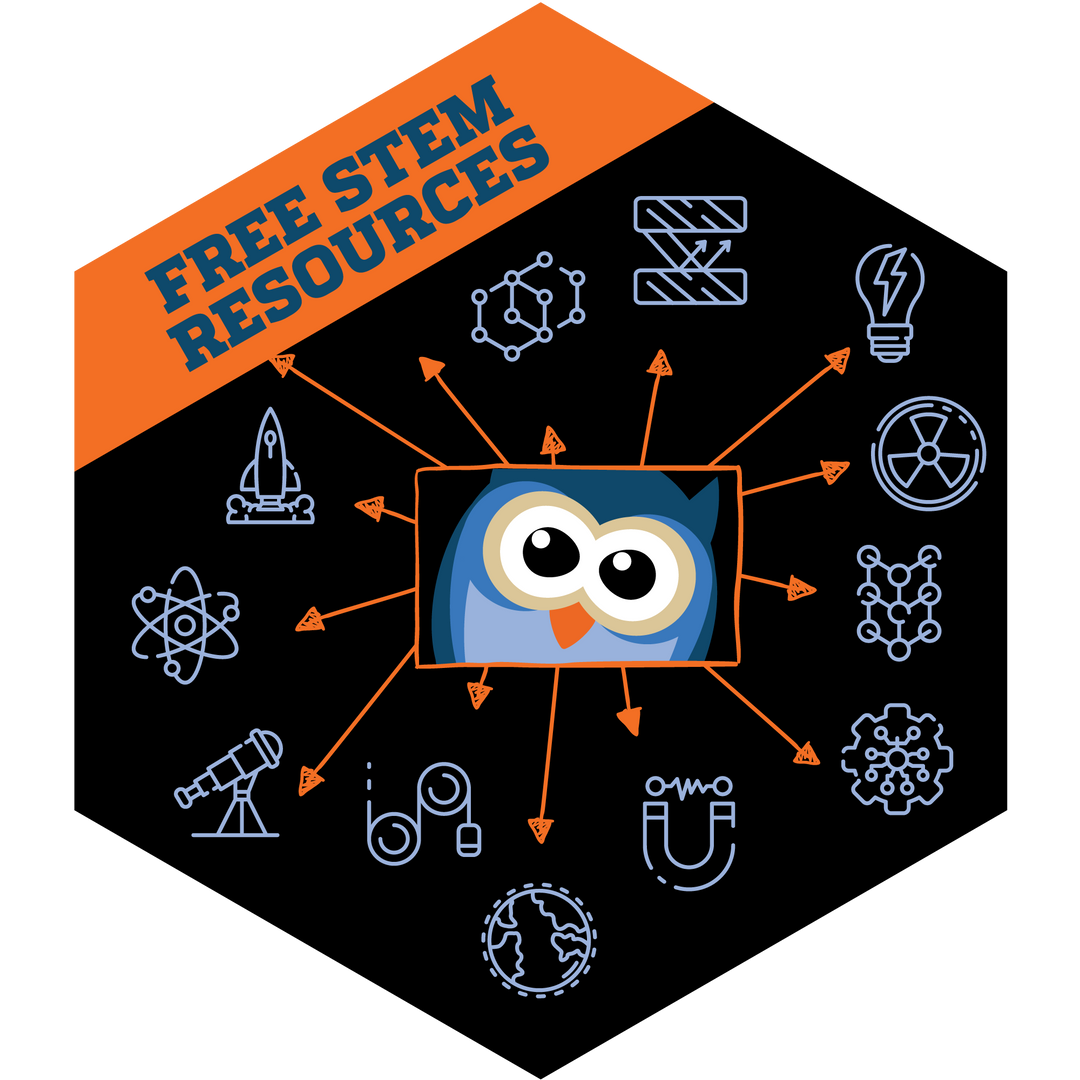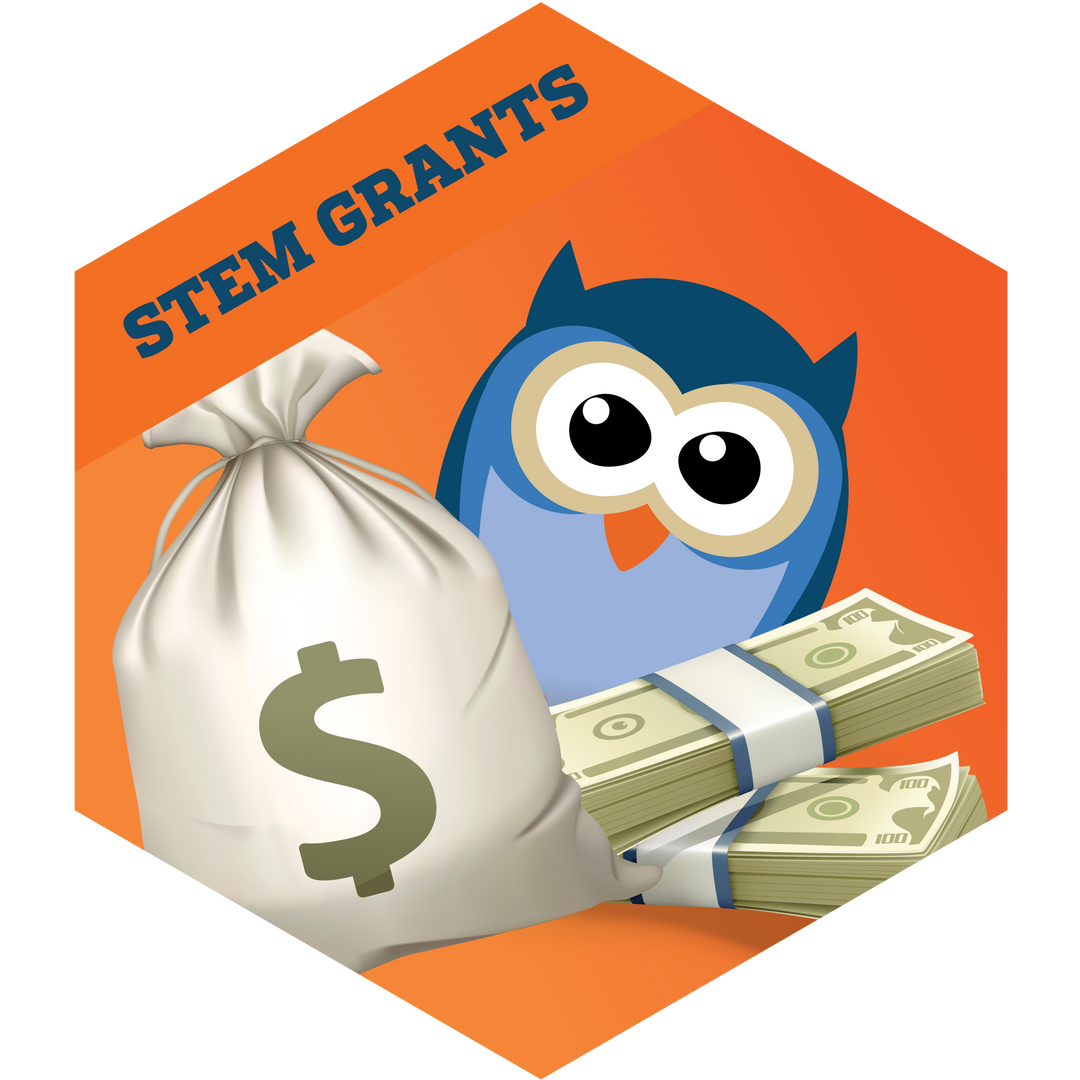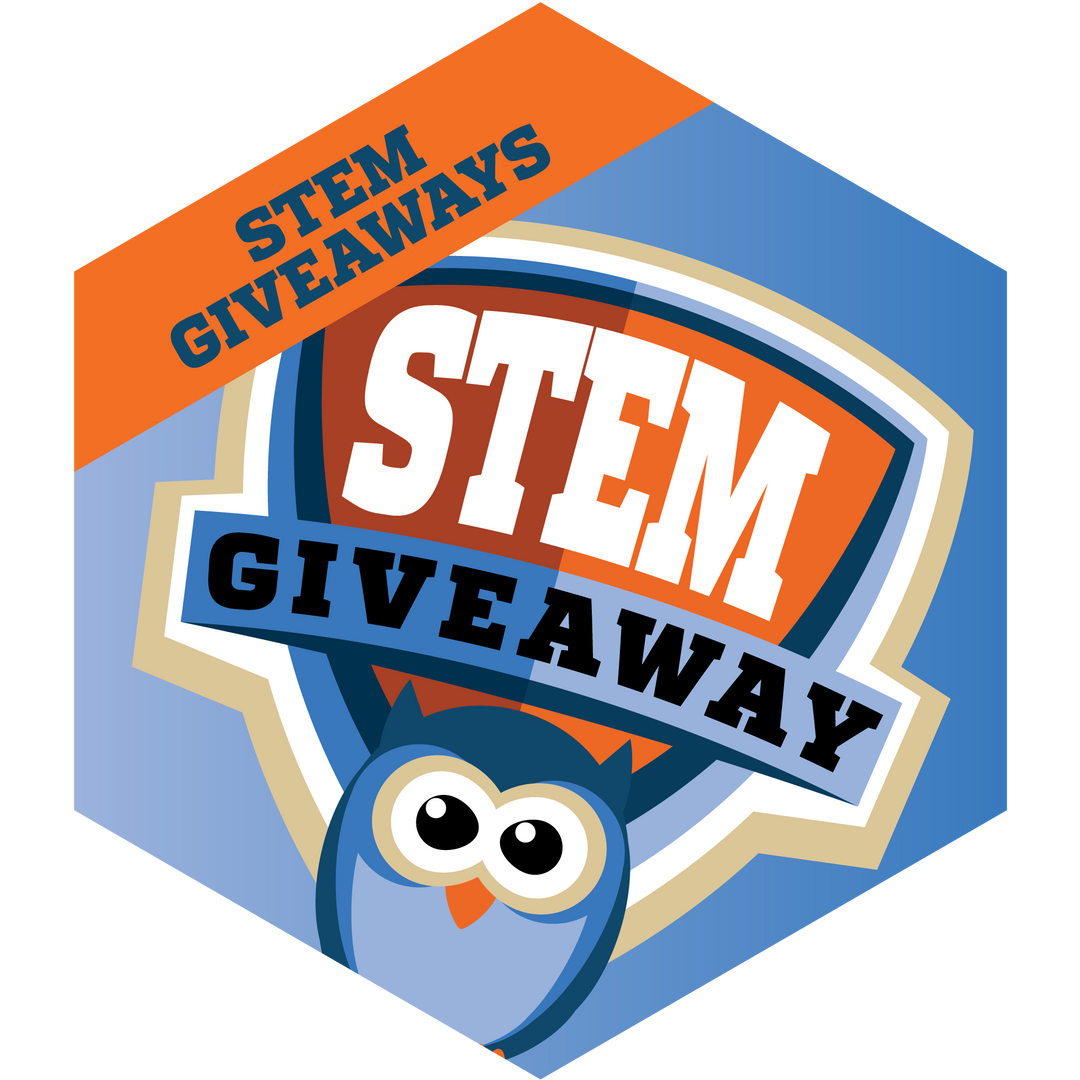Extended Learning Opportunities Programs: Engineering + Programming = Robotics
A traditional robot in science fiction is often depicted as an autonomous humanoid-shaped machine that is able to replicate or exceed human actions. While companies like Boston Dynamics have recently released amazing videos of their humanoid robots doing everything from dancing to backflips, most of the robots that we encounter in our day-to-day life do not resemble a human being and are designed to perform a specific task that improves our lives. This can be something as simple as programming a smoke detector to send out a blaring alarm to warn us when there is immediate danger, or an autonomous vacuum that has been programmed to navigate a house every week to clean the carpet. Another everyday robot is a product like Alexa that is programmed to understand human inquiries based upon sound recognition, and can provide us with answers to our urgent questions like “Who won the Cal-Stanford game?”. More advanced robots like the Spirit and Opportunity Rovers on Mars were used last decade to collect and transmit valuable scientific data from a place that is hostile to human life. Instances like this demonstrate the pinnacle of human achievement in the areas of programming and engineering, and someone living a couple hundred years ago would almost surely mistake these robots for magic - while in reality they all follow basic rules that students can learn through building their own robots and experimenting with new ideas.
But before you can go to Mars and beyond, it’s probably best for elementary students in your ELO-P program to start with the basics. Beginner robotics resources tend to have less of an emphasis on engineering, and usually focus on introducing kindergarten and elementary students to basic programming through the use of simple input commands like “go forward”, “stop”, or “turn left”. By focusing on the early fundamentals of programming, ELO-P programs can give their students the perfect introduction to robotics by eliminating the need for them to match the appropriate engineering specifications to meet the requirements of the programming. Brands like Ozobot, Kubo, Wonder Workshop, Valiant, Finch, and Botley are great examples of pre-built robotics resources that require no engineering and focus on using simple commands to teach students the fundamentals of programming. If you are looking to implement robotics with some basic engineering to go with your programming, then Cubelets are a fantastic resource for students of all ages (K-12). Cubelets are modular blocks that magnetically snap together with each other to perform specific functions; with 17 unique kinds of Cubelets that can be quickly assembled, students are able to experiment with their designs and get much more practice than they normally would with other intermediate resources that require intensive engineering.
Using intermediate and advanced robotics will require students to build and modify their robots to fit the objectives that they are trying to accomplish. For example, if your robot intends to stay on the ground then you probably won’t include a propeller for flying, and your choice of wheel and suspension design will vary if your robot is going to be encountering flat or rocky surfaces. Most intermediate resources will include a significant engineering focus, but will provide software that enables students to program their robot using a visual drag-and-drop system containing basic commands. These block-based programming environments are often included for beginners that are still getting the hang of things, but they also typically include advanced text-based languages like C+, Javascript, and Python which are used in the real world - these resources include Makeblock, EZ-Robot, Parallax, Maker and Coder, Hummingbird, and the NAO V6.
STEMfinity has a lot more educational robotics resources than what is listed above! If your ELO-P program needs help selecting or implementing resources, we have included links below to help you with anything that you need.



